For much of his life, Henry Darger lived a reclusive life, only going to work as a janitor and to church in Chicago. He was a quiet, shy man with few friends and no family, and seemed to live a simple life. When he died in 1973, his landlords went to clean out his apartment, and they discovered something incredible.
They discovered that for the last sixty years of his life, Darger had been working on a huge, illustrated novel called In the Realms of the Unreal, which clocked in at over 15,000 pages, and included illustrations that measured some ten feet in length. The majority of the story tells of the seven Vivian sisters who bravely lead a rebellion of enslaved children against the evil Glandelians, and is formally titled The Story of the Vivian Girls, in What is Known as the Realms of the Unreal, of the Glandeco-Angelinian War Storm Caused by the Child Slave Rebellion. Luckily, the landlords, Nathan and Kiyoko Lerner, had an eye for the artistic and immediately recognized the value of his work.
To create the story, Darger invented an entire world, a vast planet around which the Earth orbits. The story includes dragon-like beasts, children overcoming grave peril, and lots of adventure. It’s also heavy with Christian imagery, as Darger was a very religious man. He also, in his own way, was a staunch advocate for children’s rights. In the Realms of the Unreal may have been inspired by the 1911 murder of five-year-old Elsie Paroubek. The tragic loss of the little girl seemed to haunt Darger, perhaps inspiring his valiant child heroines.
Some people have been suspicious of Darger’s imagery, which often shows young children, typically girls, in violent situations. However, based on what information they have on Darger’s life, historians believe that these frightening scenes may have been Darger’s way of coping with his own abuse. As a child, he was sent to the Illinois Asylum for Feeble-Minded Children (that’s really what it was called), where he was routinely subjected to harsh, abusive punishments. Today, we might say that Darger may have had Asperger’s syndrome or a variety of other mental or developmental challenges, but because of the times, he likely wasn’t treated with the compassion he deserved.
Besides this novel, Darger also had an extensive, even obsessive, collection of magazines, a daily weather journal that spanned some ten years, countless scrapbooks. The Lerners kept his room intact until 2000, and today, much of Darger’s work can be seen in the Museum of Modern Art and the American Folk Art Museum. Though he never gained money or recognition for the work in life, his pieces today can sell for more than $80,000, and he’s considered a major figure in the Outsider Art movement. You can watch a documentary on him for free online.
Darger saw himself as a protector of children, and wrote that children the world over had the rights “to play, to be happy, and to dream, the right to normal sleep of the night’s season, the right to an education, that we may have an equality of opportunity for developing all that are in us of mind and heart.”
Via MessyNessyChic
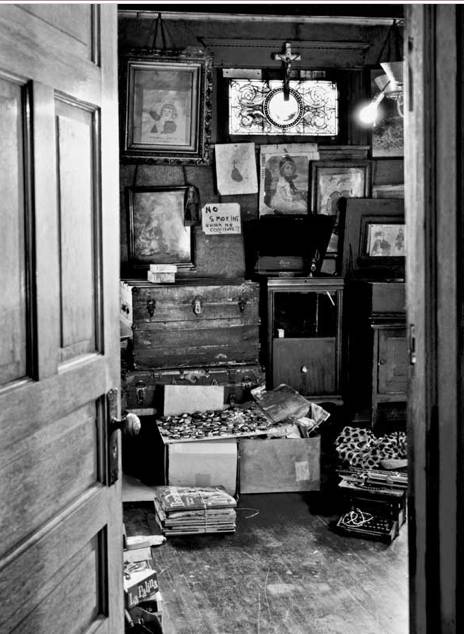 share
share
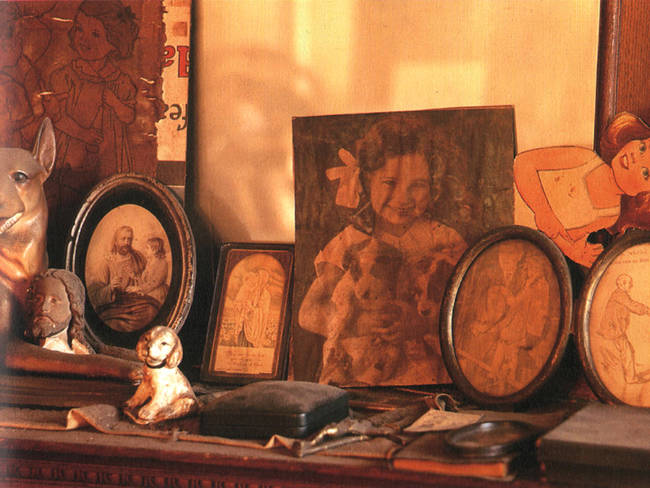 share
share
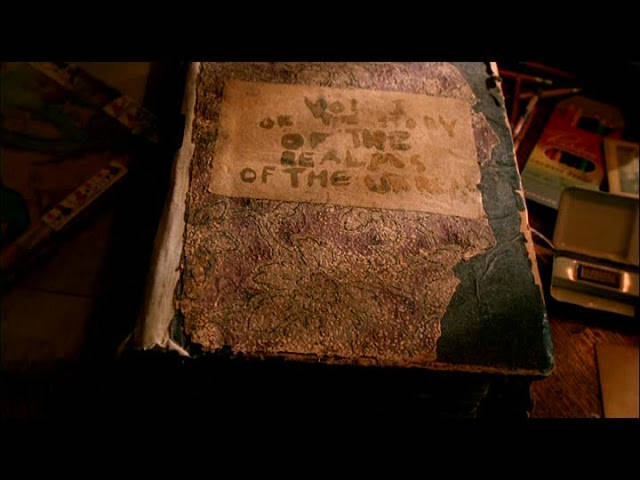 share
share
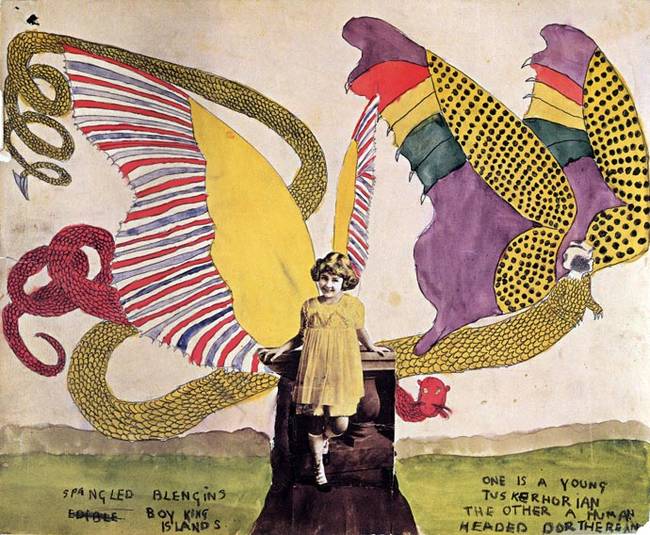 share
share
 share
share
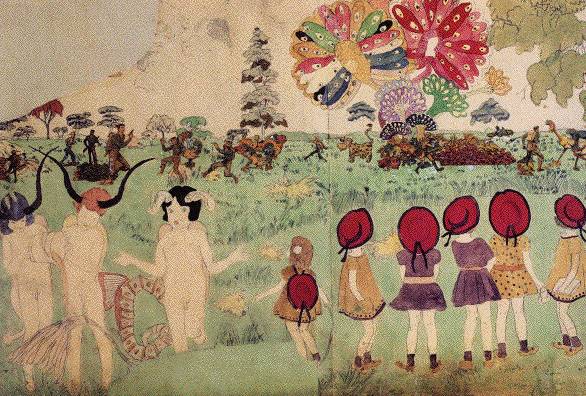 share
share
 share
share
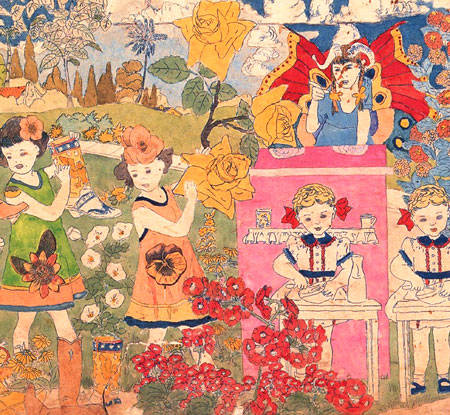 share
share
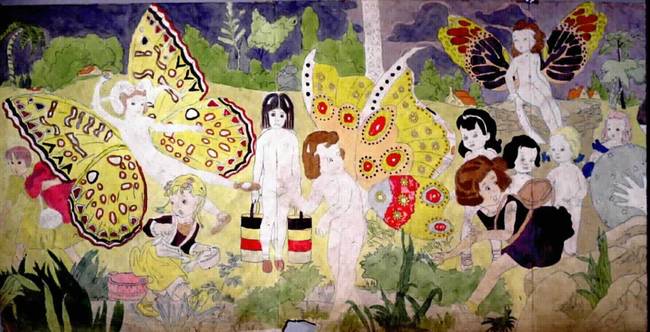 share
share
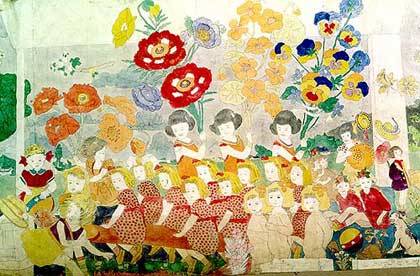 share
share



